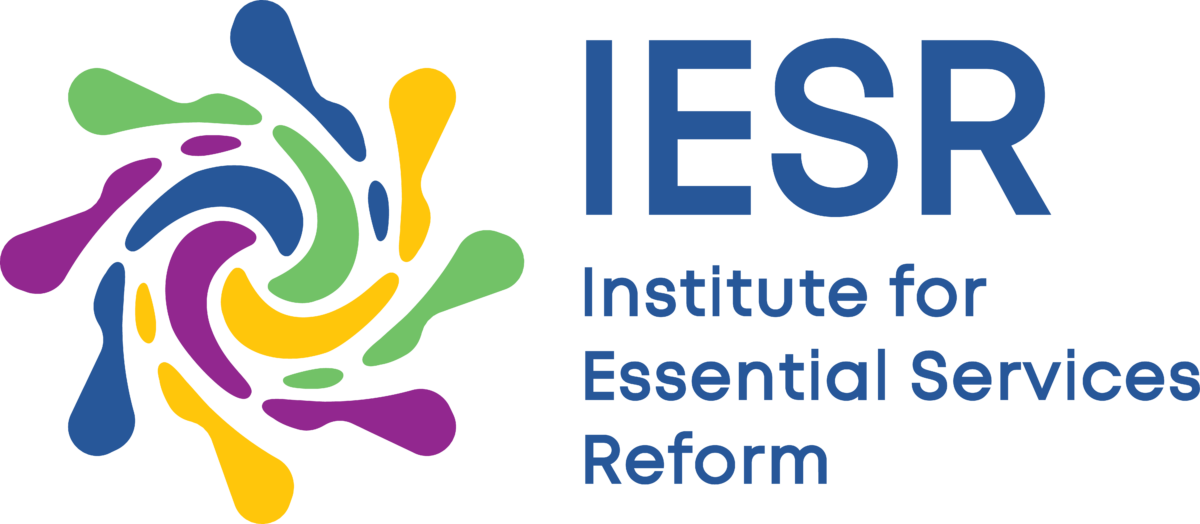Background
Indonesia’s energy transition is a national priority, marked by a pledge to achieve net-zero emissions (NZE) by 2060 or earlier. This commitment is reinforced through Presidential Regulation No. 112/2022, the Just Energy Transition Partnership (JETP), and updated Nationally Determined Contributions (NDCs) that target an emission reduction of 31.89% (unconditional) and 43.2% (conditional on international support) by 2030.
Solar energy has emerged as the cornerstone of Indonesia’s pathway toward decarbonization. Analyses from IESR and other institutions, including the Ministry of Energy and Mineral Resources (MEMR) and the International Energy Agency (IEA), project solar photovoltaic (PV) to hold the largest share in Indonesia’s future energy mix. In the IESR Deep Decarbonization Study (2021), solar accounts for 88% of electricity generation by 2045, while the government’s NZE 2060 scenario includes 462 GW of solar PV capacity—making it the dominant technology in Indonesia’s long-term strategy.
However, as of August 2024, Indonesia’s installed solar PV capacity stands at 717.71 MW (Ministry of Energy and Mineral Resources, 2024), highlighting a significant gap between current deployment and future targets. To close this gap and realize the potential of solar energy as the backbone of the transition, a comprehensive, integrated roadmap is urgently needed; one that aligns near-, mid-, and long-term renewable energy targets with industrial readiness and evolving global dynamics.
In addition to domestic challenges, the landscape is further shaped by global trade disruptions such as the ongoing US–China trade tensions, carbon border taxes, and shifting investment flows. These dynamics pose both risks and opportunities for Indonesia’s energy transition, particularly in the development of a competitive domestic renewable energy industry, including solar PV manufacturing and associated supply chains.
In 2024, IESR has conducted a landscape assessment of existing solar PV manufacturing industries and the supporting supply chain in Indonesia; including analysis on the country’s competitiveness to seize the industrial opportunities. Built upon this study, IESR will develop an industry roadmap of integrated solar PV supply chain with considerations of government targets, country’s competitiveness, and opportunities to contribute to the establishment of a regional solar PV hub. This roadmap is divided into three stages: short-term (2025–2030), medium-term (2030–2040), and long-term (2040–2060), while also addressing policy coherences needed.
Proposal Timeline:
Bidders must send a copy of the proposal and all documents via email to the Program Manager SEA IESR in citra@iesr.or.id and cc to agung@iesr.or.id and turas@iesr.or.id no later than 22:00 Western Indonesia Time (WIB) on Tuesday, April 29, 2025. Please include “RFP Response – Development of Integrated Solar PV Supply Chain Roadmap for Indonesia” in the subject line.
RFP-Development-of-Integrated-Solar-PV-Supply-Chain-Roadmap-for-Indonesia.docx
Download



